 |
 |
|
CITY HIGHLIGHTSI. CITY LANDMARKSMihai Viteazu Square & The Musical Fountain An entire ensemble of artesian fountains, lined with garden beds and ornamental plants, the restored small park and the relocation of the statue of Mihai Viteazu to a monumental ensemble are just a few examples. Street lighting belongs obviously to modern design. The musical fountain stands out though, being a unique piece of architecture in the country, gathering together about 2,000 visitors from Craiova, their home city, and from the neighbouring towns every night. 
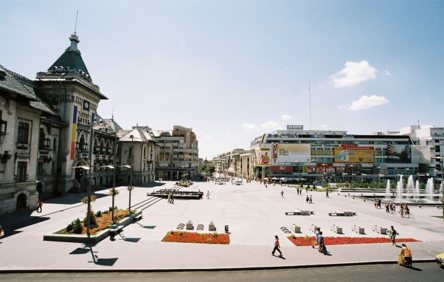
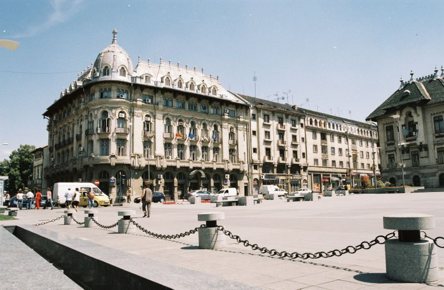

The City Hall of Craiova, former Bank of Commerce, was designed by architect John Mincu and was finished in 1916. The building has a rich interior decorated with stucco, Venetian mosaics and wrought iron grill. 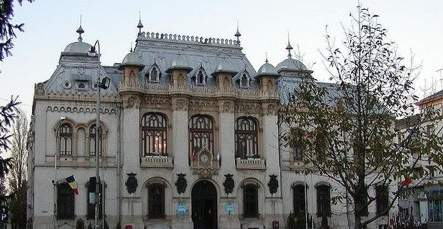
II. HISTORIC CHURCHESThe city hosts a large number of religious buildings, many of them originating in to medieval times. The Cosuna Monastery, for instance, is the oldest building preserved in Craiova, dating back to the 15th century. You can spend a most relaxing afternoon visiting the monastery, located only 2.1 miles away from the city centre. Another religious site, The Madona Dudu Church, is well-known for its mural paintings, the work of the famous Romanian painter Gheorghe Tattarescu (1818 – 1894). The Metropolitan Bishopric of Oltenia -The first Metropolitan Church in the region of Oltenia was built in 1370, at the time, being named The Metropolitan Church of Severin, founded during the reign of Voivode Vladislav I (1364 - 1377). The Metropolitan Bishopric of Oltenia, the canonical and administrative unit of the Romanian Ortodox Church was founded in 1939. In the late 17th century and the early 18th century, Craiova’s architecture underwent a change with the emergence of the Brancovenesti style, a combination of Romanian traditional art, Byzantine and Venetian elements. Churches still displaying elements of the Brancovenesti style include: Saint Ilie Church / Biserica Sfantu Ilie, built in 1720 by Ilie Oteteleseanu and the rich tradesmen in town, All Saints Church / Biserica Tuturor Sfintilor (1700), Old Saint Gheorghe Church / Biserica Sfantu Gheorghe Vechi (1730), The Obedeanu Monastery / Manastirea Obedeanu (1747), The Mantuleasa Church / Biserica Mantuleasa (1786), the Saint Nicolas Church / Biserica Sfantul Nicolae (1794). 
III. MUSEUMSMuseum of Oltenia Address: 44 Madona Dudu Street (History and Archaeology Section); 14 Matei Basarab Street (Ethnographic Section) ; 4 Popa Sapca Street (Natural Sciences Section) Telephone: 0251.411.906 Website: www.muzeulolteniei.ro 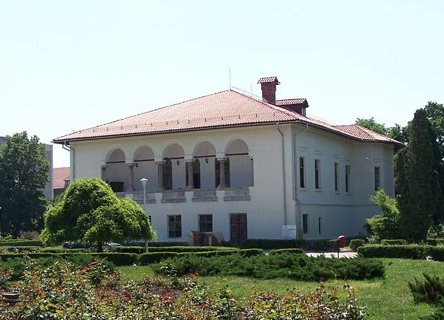
For those interested in further discovering the history and the traditions of this region, we recommend a visit to the Oltenia Museum, housed in three different locations, including Baniei House (1699) (photo), the oldest non-religious building in Craiova and one of the oldest lay buildings in the country. At the Etnographic Section you can learn almost everything about the history of the region, starting with the prehistoric times. Great care has been taken in presenting, in full detail, the traditional trades and occupations of the peasants in Oltenia, ranging from hunting, fishing to cattle raising, toiling the fields, harvesting the crops, thus, emphasizing the time-honoured existence of the inhabitants. The museum exhibits wooden carvings and ceramics, a large collection of jars, bowls of all kinds, plates, carpets in the style featuring Oltenita as well as fascinating folk costumes from the same region. The Museum hosts other two sections dedicated to History and Archeology and Natural Sciences alongside a Laboratory of Restoration. The Art Museum Address: 15 Calea Unirii Street (located in the Dinu Mihail Palace) Telephone: (251) 412.342 Website: www.muzeuldeartacraiova.ro 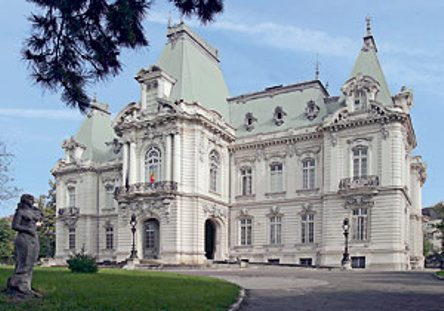
Art lovers should definitely not miss the Art Museum in Craiova, hosted in the sumptuous neo-baroque Dinu Mihail Palace, built in the early 1900s by the French architect Paul Gotereau. The Museum exhibits valuable masterpieces belonging to famous Romanian painters, among which the Craiova-born Theodor Aman (1831 - 1891), Nicolae Grigorescu (1838 – 1907), Vasile Popescu, Stefan Luchian and Theodor Pallady, and Romanian icons. 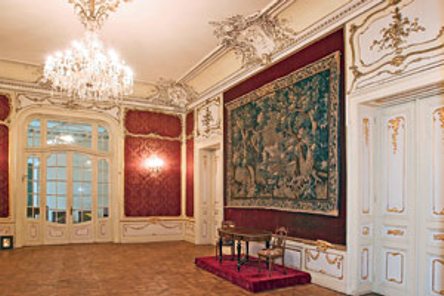
One of its main attractions is represented by the section dedicated to Constantin Brancusi, displaying six of his early sculptures, including copies of his best-known works: The Kiss (1907), Vitellius (1898), Woman Torso (1909), The Vainglory (1905), Boy's Head (1906), Miss Pogany (1902). Moreover, Brancusi’s ‘studio’ has been recreated in the museum. IV. PERFORMING ARTS & CLASSICAL MUSICThe Marin Sorescu National Theatre occupies a special place in the history of the Romanian theatre. Founded in 1850, it never ceased existing, in spite of all the turmoil characterizing the history of our nation. 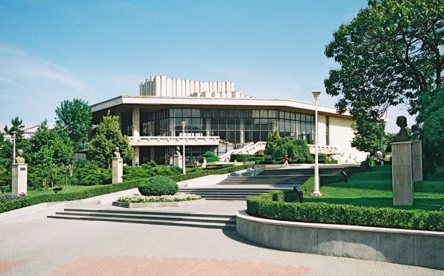
During the first decades of its existence, and according to the taste of the age, mostly musical shows and vaudevilles were staged. In the years after 1900, there was a stress on dramatic performances, of the universal classics, particularly Shakespeare and Moliere, but also of national drama. The National Theatre of Craiova is the first theatre in southeastern Europe that became a member of the European Theatre Convention. Philarmonic orchestra goers can enjoy the performance of Philarmonic Orchestra of Craiova (photo). Prestigious institution in Romanian musical landscape, Philharmonic Orchestra of Craiova was founded in 1904 and it was recognized in 1947 by royal decree. The artistic activity is carried out on several levels, including Symphonic Orchestra, Chamber Orchestra, Craiova virtuosos and Academic choir. 
Other interesting places for arts and classical music lovers are The "Elena Teodorini" Opera and Ballet House and the Art Gallery V. PARKS & GARDENSFor those interested in enjoying a relaxing afternoon outdoor, the Nicolae Romanescu Park is a veritable green oasis. The park is one of the valuable monuments of landscape architecture in Romania. The plans for the park, designed by French architect Emile Rendont, were awarded the gold medal at the 1900 World Fair. Through the initiative of Nicolae P. Romanescu, then mayor of Craiova, work on the park began in 1901 and was completed in 1903. 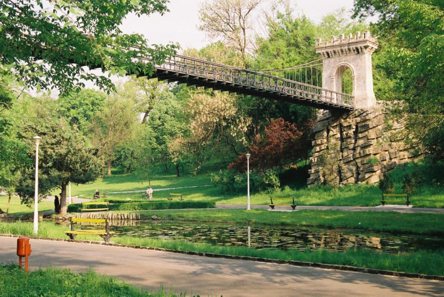
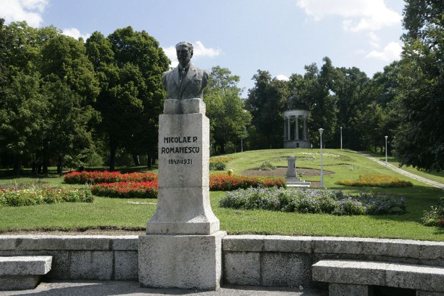
The total surface area of the park amounts to more than 96 acres of plantations (bushes, grass areas, trees), 4 acres of water area, 20 acres of hippodrome and a velodrome. A Zoo is located in the park. The English Garden is the ideal place to spend a few hours. It is located in the centre of Craiova, next to the City Hall. Although laid out on a small area, it is a wonderful piece of landscape architecture. 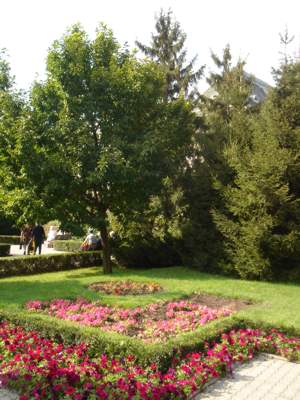
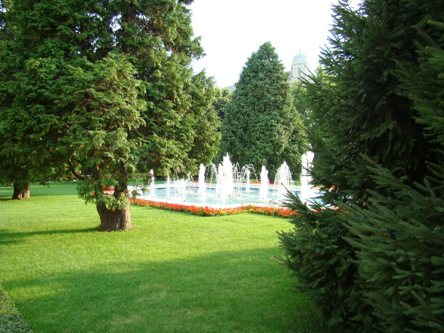
For those wanting to experience nature in a more scientific way, a stop at the Botanical Garden would be the best choice. The Botanical Garden of the University of Craiova was laid o on an area of about 17 acres in 1952. Three lakes of about 0.3 acres are seen across the garden, where the flora gives the naturalistic shaping. The Botanical Garden also houses a Herbarium of about 400,000 pages of preserved plants, and a small-scale Museum. 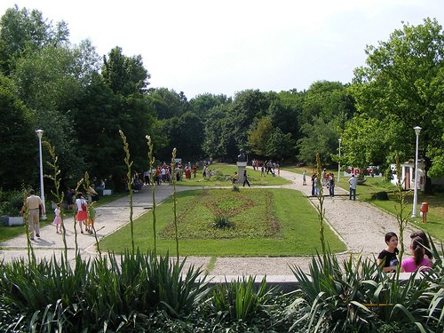
The Meadow of the Jiu River is another important green area, lying on more than 60 acres on the left bank of the river. 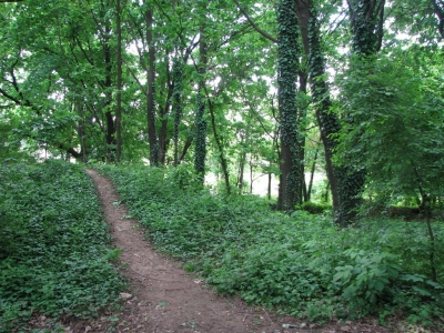
The Youth Park – the newest park in Craiova is a mix of green areas dedicated to promenades, sportsgrounds where you can play tennis, football, basketball, outdoor stage for concerts and playgrounds for children. 
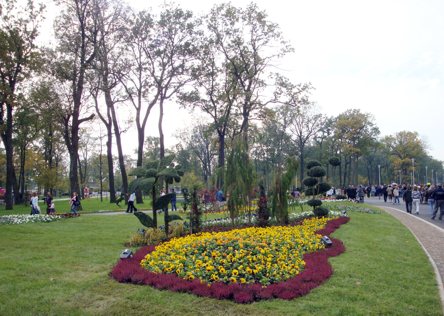
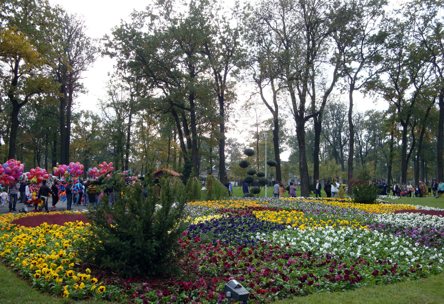
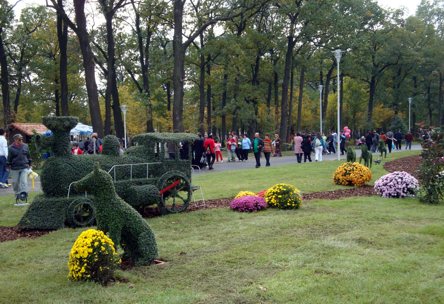
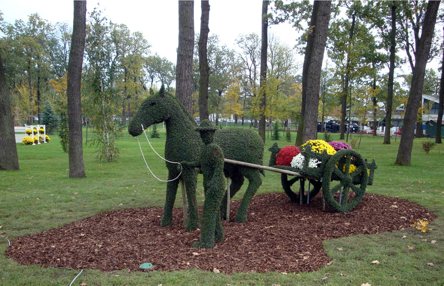

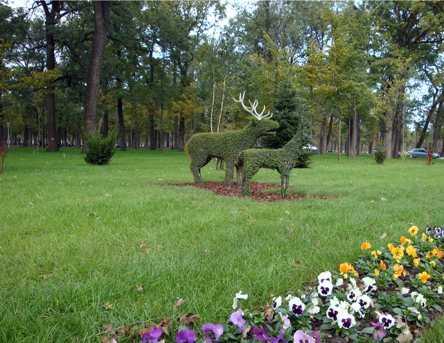
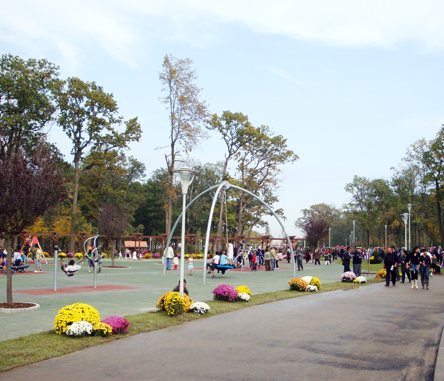
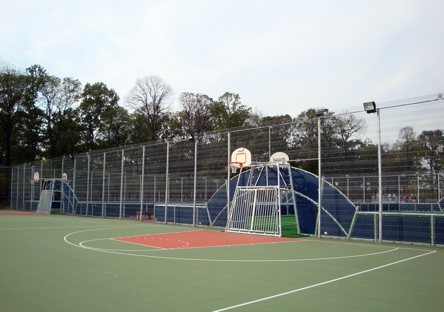
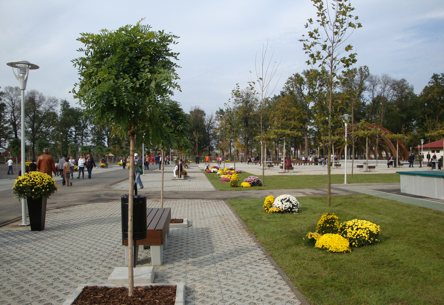
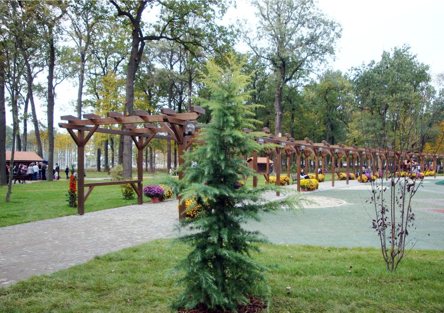
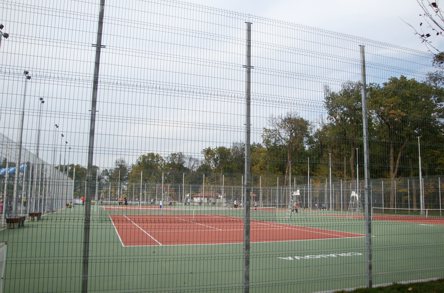
VI. DAY TRIPSTargu Jiu Where: 74 miles northwest of Craiova Access: by car, bus, train www.RomaniaTourism.com/Targu-Jiu.html A must for all art lovers is a visit to Targu Jiu on the banks of the River Jiu. This former market town is closely associated with Constantin Brancusi, considered by many to be the father of modern sculpture. While most of his works are on display in prestigious museums throughout the world, his trilogy of public sculptures, The Table of Silence (Masa Tacerii), The Gate of the Kiss (Poarta Sarutului) and The Endless Column (Coloana Infinitului) can be admired at the Constantin Brancusi sculptural complex in the central Park of Targu Jiu. The complex constitutes an homage to the hero soldiers fallen during the First World War. 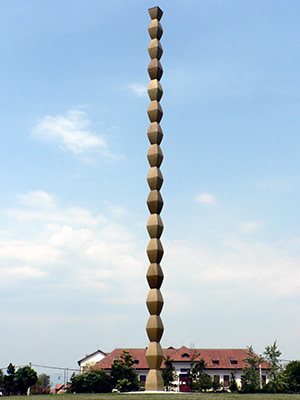
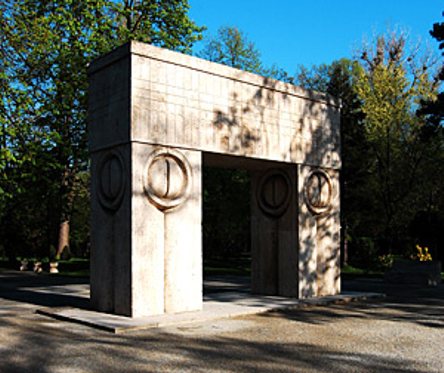
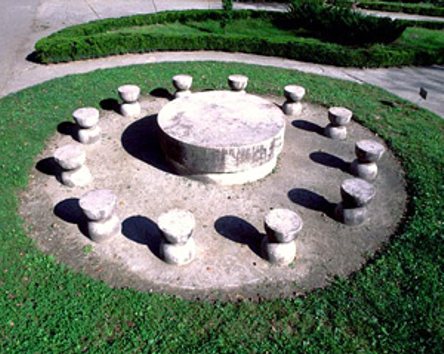
Where: 96 miles north of Craiova Access: by car, bus The Horezu Monastery, the largest monastic settlement in Walachia, was founded in 1690 by Prince Constantine Brancoveanu. A masterpiece of the Brancovenesti style and a UNESCO World Heritage site, Horezu is renowned for the richness of its sculptural detail, the treatment of its religious compositions and its painted decorative works. The monastery houses precious collections of frescoes and icons dating back to the late 17th century and the early 18th century. The nearby village of Horezu is home to one of the biggest pottery centres in Romania. Nearly a century ago, local nuns taught the villagers how to make and paint pottery, and ever since, people have come from far and wide to get their hands on Horezu's ceramic. 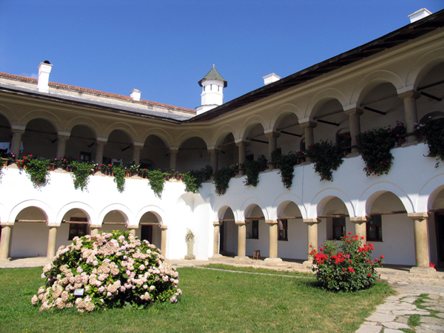
Where: 98 miles northeast of Craiova Access: car, train (with connection in Pitesti) Fifty miles east of Horezu, you can visit another stunning architectural piece: the 16th century Curtea de Arges Monastery (Manastirea Curtea de Arges), toppled with two towers spiralling in opposite directions. Behold the sad legend of Manole as you take in its beauty. Romania's first two kings and queens are buried here. 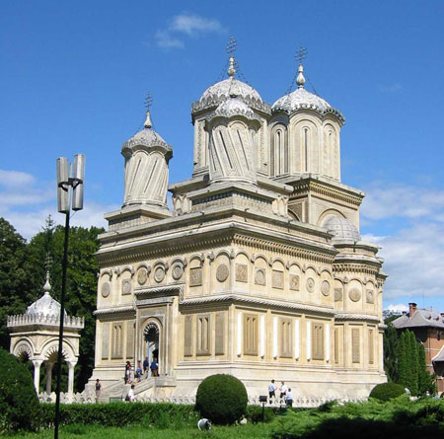
You can have a trip to Cazanele Dunarii, where the Danube actually crosees the border to Romania in a breathtaking place, or to the mountains, for example in Parang Mountains or to the ski resort of Ranca to enjoy winter sports or simply to relax in the open. 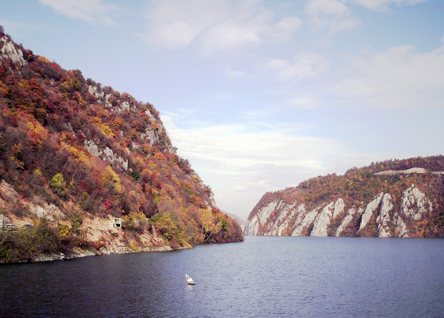

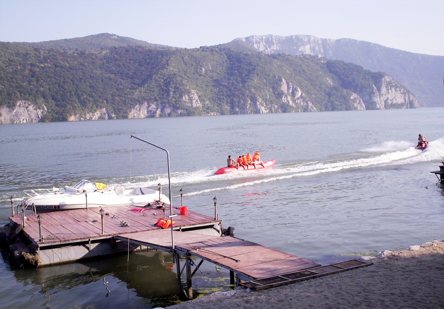
|
||||||||||||||||||||||||||||||||||||||||||||||||||
| Copyright © University of Craiova 2010. | Website of the University of Craiova |
|
|||||
|






